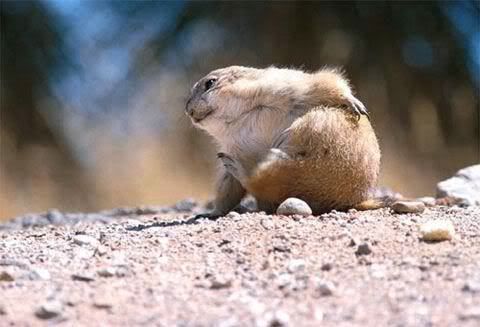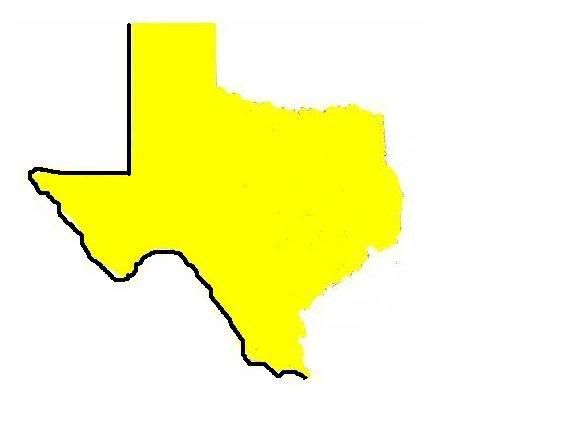
This report comes from the chief of Montana Fish, Wildlife, and Parks, Quentin Kujala.
The rifle season starts October 26 and about 160,000 hunters are expected. Locals are praying for snow to drive the deer into the low country.
————————————–
Region 1 — Northwestern Montana
Near Kalispell and the surrounding area, white-tailed deer herds are stable and experienced a normal winter in the east half of the region and a harder winter along the Idaho border. White-tailed deer are plentiful in the Swan Valley, the Salish Range and the Lower Clark Fork Valley. Hunting access is good but involves stalking game in heavy coniferous habitats. Mule deers populations are slowly increasing with good fawn production. Hot spots for mule deer include the Cabinet and West Cabinet mountains, the high country of the Lower Clark Fork, the Whitefish Range and the subalpine areas of the Mission and Swan mountain ranges. Mule deer hunters typically are more successful at the higher altitudes.
Region 2 — Western Montana
Near Missoula and the surrounding area, mule and white-tailed deer numbers are trending upward. Mule deer are being seen at lower elevations in numbers not seen in the past 30 years. Hunters can take advantage of additional whitetail permits, and if the weather cooperates, the season has the potential to be very good.
Region 3 — Southwestern Montana
In the areas near Bozeman and north of Yellowstone National Park, mule deer recruitment in general was moderate to good. In some cases, numbers are healthy but remain below historic highs.
Region 4 — Central Montana
Hunting near Great Falls and the surrounding area reflect ample opportunities for both white-tailed deer and mule deer. Mule deer populations are stable and reflect strong overwinter adult survival but declining fawn production and survival. White-tailed deer and mule deer are present on both private and public lands. Signs are pointing toward a good deer hunting season this year but somewhat diminished opportunities in the succeeding year owing to poor fawn survival.
Region 5 — Southcentral Montana
In Billings and the surrounding area, deer populations remain high, with a good distribution of older age bucks available. Mule deer numbers are higher than last year in many hunting districts. Hunters can expect significantly reduced white-tailed deer numbers along the Musselshell River between Melstone and Roundup and adjacent areas due to a blue tongue outbreak in August and September of 2007. White-tailed deer numbers continue to grow in most other areas of Region 5. Hunters are encouraged to enquire about surplus whitetail “B” licenses and access opportunities at FWP’s Region 5 office in Billings.
Region 6 — Northeastern Montana
Mule deer and white-tailed deer numbers are very high in Glasgow and the surrounding area. Mule deer populations have mostly recovered from the low levels earlier in the decade and are exceeding population objectives in many hunting districts. General-tag deer hunters on public land should see plenty of bucks and does in habitats as geographically disparate as the Bears Paw Mountains and the Richland County breaks. White-tailed deer numbers are also quite high, and where access is secured through Block Management, hunting on private land should be very good.
Region 7 — Eastern Montana
In Miles City and the surrounding area, both species of deer wintered well and benefitted from abundant spring forage. Populations along the Yellowstone River, between Glendive and Sidney, are 20-30 percent above the long-term average. The ratio of white-tailed deer bucks to does is 40 bucks per 100 does. White-tailed populations along the Yellowstone River between Miles City and Hysham showed some mortality due to last fall’s, blue tonguee disease. Mule deer populations are about 17 percent above the long-term average, with a good percentage of mature adults. Hunters should find ample opportunity to harvest mule deer.





 Are you just itching to get out there and do some deer hunting? October 11 marks the begining of the Washington State rifle deer hunt. According to reports, the bowhunters have had a good time of it. You rifle hunters get out there and find us a big buck. We always appreciate stories and pictures to go with them. Go to our
Are you just itching to get out there and do some deer hunting? October 11 marks the begining of the Washington State rifle deer hunt. According to reports, the bowhunters have had a good time of it. You rifle hunters get out there and find us a big buck. We always appreciate stories and pictures to go with them. Go to our 
 Saturday, September 27, marks the opening assault on Texas Mule Deer as bowhunters take to the woods and hills.
Saturday, September 27, marks the opening assault on Texas Mule Deer as bowhunters take to the woods and hills.  Happy Hunting and May the Force be with You.
Happy Hunting and May the Force be with You.